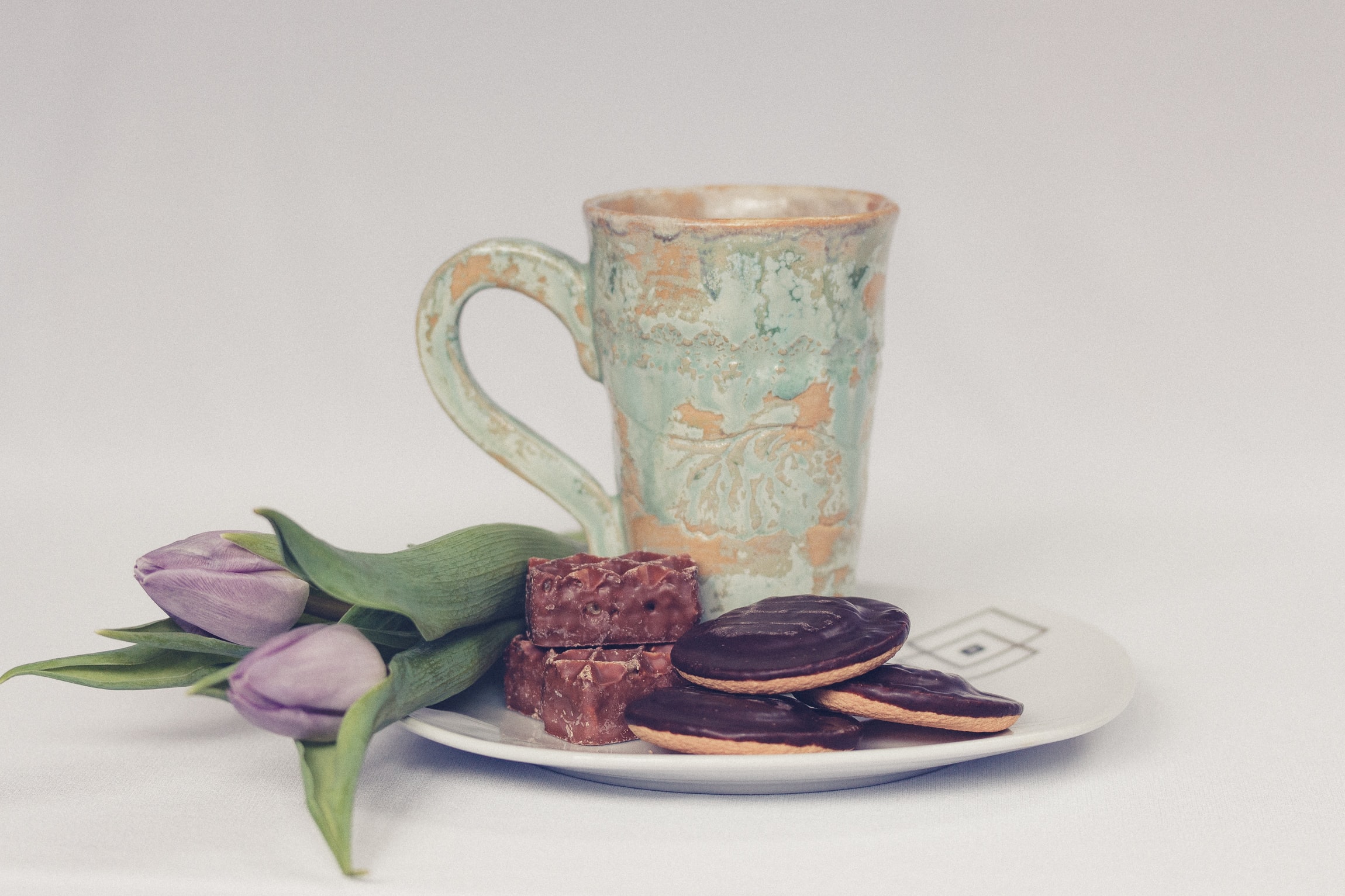
Abiding compassion is not so much about alleviating the suffering of others, but rather, be-ing an embodiment that honours the kinship of all beings.
When I feel satiated, it becomes “natural” not to wish to take more food. It is the same with human connection, i.e. when my needs are met, it becomes “natural” to say “my cup is full and I have no need for more love (at this moment)” … or safety, or belonging, or expression … basically, fundamental human needs. In other words, when my needs are met, it becomes easier for me to willingly meet the needs of another.
How, you may wonder, is this relevant to compassionate connection?
I am using the word CONNECTION here to mean the condition of:
- Recognising (not interpreting) what is most alive in the other person at that moment in time; and
- Being willing to accept that energy as it is, without judgment or wishing it to be anything else; and
- Whilst at all times, being aware of what is alive in myself at that same moment in time.
Therefore, when connected in this way with another human being, COMPASSION may be understood as:
- The unadulterated desire for this person to be “happy”, “content”, “fulfilled”; and
- Being willing to do what is within my control to realise my desire for the other person’s wholeness; but
- Without assuming responsibility for how the other person may receive my words / actions.
Just as we are instructed to put the oxygen mask first on ourselves, so that we may ensure we don’t faint while helping others, so too it is important to ensure that our needs tank is full-ish before attempting to companion others to fill up their needs tank. This matters because when we companion others from this place of sufficiency, we are less likely to “help” with a spirit of “obligation”, “duty”, “should”, or “have to”.
Yes, I may still “willingly” meet others’ needs even when my own needs remain unmet, but if that is the primary way I meet the needs of others, it becomes very expensive, for everyone. The pricetag for me may be in the form of expectation (s/he owes me …), or burnout (I have nothing left to give …), or bitterness (no one appreciates what I do …). Whereas the pricetag for the other may come in the form of guilt (she sacrified (x) to help me), or shame (I should have been smart enough, but …), or obligated reciprocity (I have to find a way to square this favour …).
Needs is to the soul, what food is to the body.
When Thupten Jinpa (Buddhist scholar, longtime principal translator for the Dalai Lama, Chair of the Mind & Life Board) introduced compassion practices at Stanford, the exercise participants struggled the most with was self-compassion, i.e. willingly extending to oneself the same tender loving kindness one would give to one’s most beloved. The inability for most of us (myself included) to do this, has remained for me the most curiously ineffable mystery of the modern human condition.
How we have come to internalise self-loathing is a conversation for another time. For now, I would like to share a simple (and profound) 4-step self-connection practise I learned from John Kinyon, as a way to extend compassion to one’s self.
Step 1: Follow (active verb) your breath, i.e. imagine each breath as an independent being (I imagine a butterfly) that is on its way to a magical place, and is beckoning for you to follow. Once you notice a natural rhythm and that your full attention is on your breath, then you’re ready for step 2. My suggestion, after years of “trying” to get serious about meditation, is to break it down into baby steps, and be patient with practising each step independently, i.e. don’t “punish” yourself if you’re not “getting it”, because that defeats the purpose.
Step 2: With this natural rhythm, “drop” into your body and allow yourself to feel everything that arises, with no judgment. Observe and note, but neither interpret nor evaluate. Yes, this does take practise, but with all things in life, practise does make easier. Then allow yourself to be drawn to the emotion that has the strongest energy, and … surrender to it, whilst maintaining the state of observe without evaluating.
Step 3: Follow Rumi‘s counsel and regard this emotion as a house guest with whom you are in conversation with. And ask of it “what need are you here to show me that I have neglected, and need to fulfill?” The trick here is it’s not about getting it right. If you have never been asked about your needs, chances are that it will take time to learn to recognise your own needs, so you’ll probably need to go through a trial-and-error period. (Max-Neef’s 9 fundamental needs is a solid place to start.)
Step 4: The last step is where you ask, “what action can I take for this need to be fulfilled?”
What has this 4-step self-connection gifted me?
- Clarity – With practise, it takes less and less time for me to zero-in on what’s important, i.e. quality of perception becomes more refined.
- Certitude – Increasingly, as I doubt myself less, I’m able to move more decisively towards an objective, i.e. I’ve learned to honour my self.
- Compassion – With this trust, I find myself with more lightness and energy to be present to myself, and naturally, with others.
I hope this sharing may be meaningful for you on your journey of returning home to yourself.

